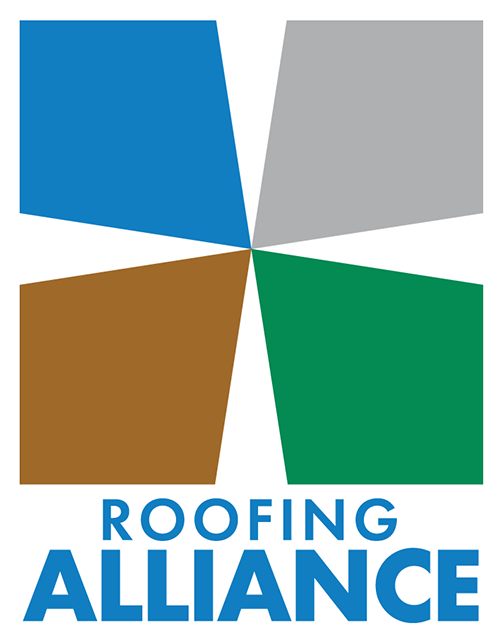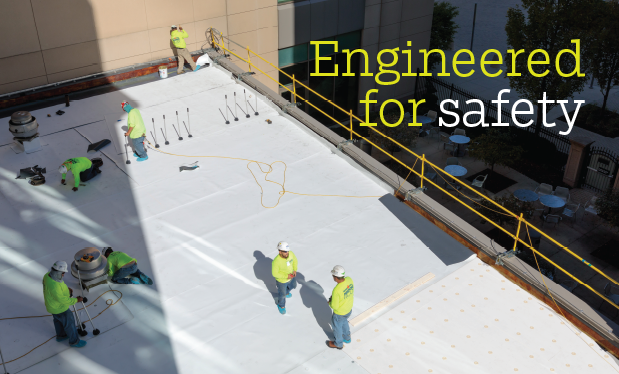Hourly construction wages are 10% higher than private sector

|
The Associated General Contractors of America’s most recent wage analysis confirms the construction industry’s ongoing labor shortage is forcing firms to pay higher wages to attract skilled workers, according to www.constructiondive.com.
The industry’s average hourly earnings, a measure of all wages and salaries, increased 3.2% during the past year to $30.73—10% higher than the private-sector average of $27.90. Many firms also report increased investments in training as they recruit workers with little to no construction experience.
During the past year, most of the construction job growth came from the nonresidential sector, which added 146,700 jobs. The residential contractor sector added 78,000 jobs.
AGC CEO Stephen E. Sandherr says this is “one of the tightest labor markets” contractors have ever experienced. Construction employment increased 3.2% during the past 12 months while the number of unemployed job seekers with construction experience decreased, according to the Bureau of Labor Statistics.
Workplace injuries increase risk of overdoses, suicides

|
A study co-authored by Boston University researchers and published in the American Journal of Industrial Medicine in July found a workplace injury significantly raises a person’s risk of overdose death or suicide, according to www.constructiondive.com.
Researchers explored the correlation between workplace injury and death by looking at 100,806 workers in New Mexico, 36,034 of whom had lost-time injuries from 1994 through 2000. The researchers also examined workers’ compensation data, Social Security Administration earnings, mortality data through 2013 and the National Death Index’s cause of death data through 2017.
The study found an injury serious enough to trigger at least one week off from work almost tripled the combined risk of suicide and overdose death among women and increased the risk by 50% among men. A man with a previous lost-time injury was 72% more likely to die from suicide and 29% more likely to die from drug-related causes. A woman with a lost-time injury was 92% more likely to die from suicide and 193% more likely to die from drug-related causes.
“Improved pain treatment, better treatment of substance use disorders and treatment of post-injury depression may substantially reduce mortality consequent to workplace injuries,” says Leslie Boden, a senior author for the study.
Each year, the Occupational Safety and Health Administration publishes a list of the top 10 most frequent workplace safety violations. The agency recommends employers view the list as a starting point for implementing workplace safety.
According to OSHA, the number of deaths, amputations and hospitalizations would drastically decline if employers correct the top 10 workplace hazards.
Following is OSHA’s Top 10 list of hazards for fiscal year 2018:
- Fall protection, construction
- Hazard communication standard, general industry
- Scaffolding, general requirements, construction
- Respiratory protection, general industry
- Control of hazardous energy (lockout/tagout), general industry
- Ladders, construction
- Powered industrial trucks, general industry
- Fall protection—training requirements
- Machinery and machine guarding, general requirements
- Eye and face protection
Additional information about workplace safety is available at www.osha.gov.
As part of its commitment to safety in the roofing industry, NRCA is a member of the Construction Industry Alliance for Suicide Prevention, a group of industry organizations that promote the safety and well-being of construction workers. Industry professionals are encouraged to take advantage of resources offered by the Construction Industry Alliance for Suicide Prevention, which are available at www.preventconstructionsuicide.com.
The Roofing Alliance looks to fund projects

|
The Roofing Alliance has announced it is seeking research, educational and technical projects to fund for the betterment of the roofing industry. The submittal deadline for funding applications is Jan. 1, 2020.
The Roofing Alliance has allocated more than $5 million to fund nearly 50 projects to support high-quality educational programs and ensure forward-thinking responses to economic and technological issues. For 23 years, the Roofing Alliance has been committed to shaping the industry’s future by funding impactful initiatives, all for the purpose of securing the industry’s future excellence.
Bennett Judson, executive director of the Roofing Alliance, shares that a total of $270,276 in project funding was approved in 2019.
“Approximately 70% of funding dollars were earmarked for continuing initiatives, committee projects and programs including the ongoing partnership with Ronald McDonald House Charities,® the Roofing Alliance Student Competition and construction management partnerships with universities,” Judson says.
A few of the projects funded in 2019 included projects focused on future workforce development. In an ongoing effort to build the professional reputation of roofing while working to increase interest in industry employment, the Roofing Alliance provided funding for NRCA’s partnership with SkillsUSA. As part of the funding plan, a joint committee has been formed with NRCA and Roofing Alliance members to focus on career and technical education outreach with SkillsUSA as a first and integral step for the initiative.
Additional information regarding specific criteria and the funding review process is available at www.roofingalliance.net/about/funding. To learn more about the Roofing Alliance, visit www.roofingalliance.net or contact Judson at (847) 299-9070, ext. 7513 or bjudson@nrca.net.



